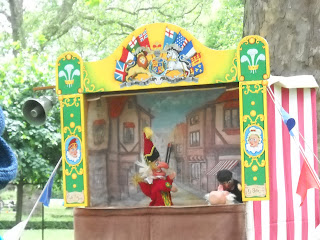And hand in hand on
the edge of the sand, they danced by the light of the moon
Edward Lear
Everybody likes a little bit of nonsense every now and then,
don’t they? I for one love to escape
from the normality of everyday life and when it comes in the form of a book,
it’s even better. This week I’d like to
introduce an artist who was known for nonsense. So without further ado, please
make welcome, Edward Lear.
Born in Holloway in 1812, Edward was the 20th of
21 children and the youngest to survive. He was raised by his sister Ann who
was 21 years older than Edward and when he was four, they left the family
home and were forced to set up house alone due to the family's failing fortune.
Edward suffered ill health in the combination of bronchitis,
asthma and epilepsy, and later in life partial blindness. He felt guilt and
shame from his epileptic seizures, but Edward always sensed the onset of them
and was able to move out of public places - as in his time, seizures were
believed to be associated with demonic possession.
Lear liked to travel and he also painted, but to me he is
more known for his nonsense. I enjoy
limericks and I’m happy to report that none of his mention Nantucket. My
favourite Lear work is not a limerick but a rhyming story called, ‘The Owl and
the Pussycat’. The poem is classic Lear
nonsense with mention of a piggy-wig in the land of Bong-trees and a runcible
spoon. It conjures up images that make me smile.
Edward Lear is buried in Foce Cemetery in San Remo, Italy.
The centenary of his death in 1988 was marked with a set of Royal Mail stamps
and this year when he would have been 200 years old if he had lived that long,
Google honoured the date with a depiction of the Owl and the Pussycat dancing.
Edward Lear’s limericks continue to inspire people to write
in that fashion, which inspires me to tell you that,
Once upon a time very near
Lived a writer who brought us good cheer
When they asked, “who is he?”
He replied, “can’t you see?”
The nonsensical Edward Lear.










